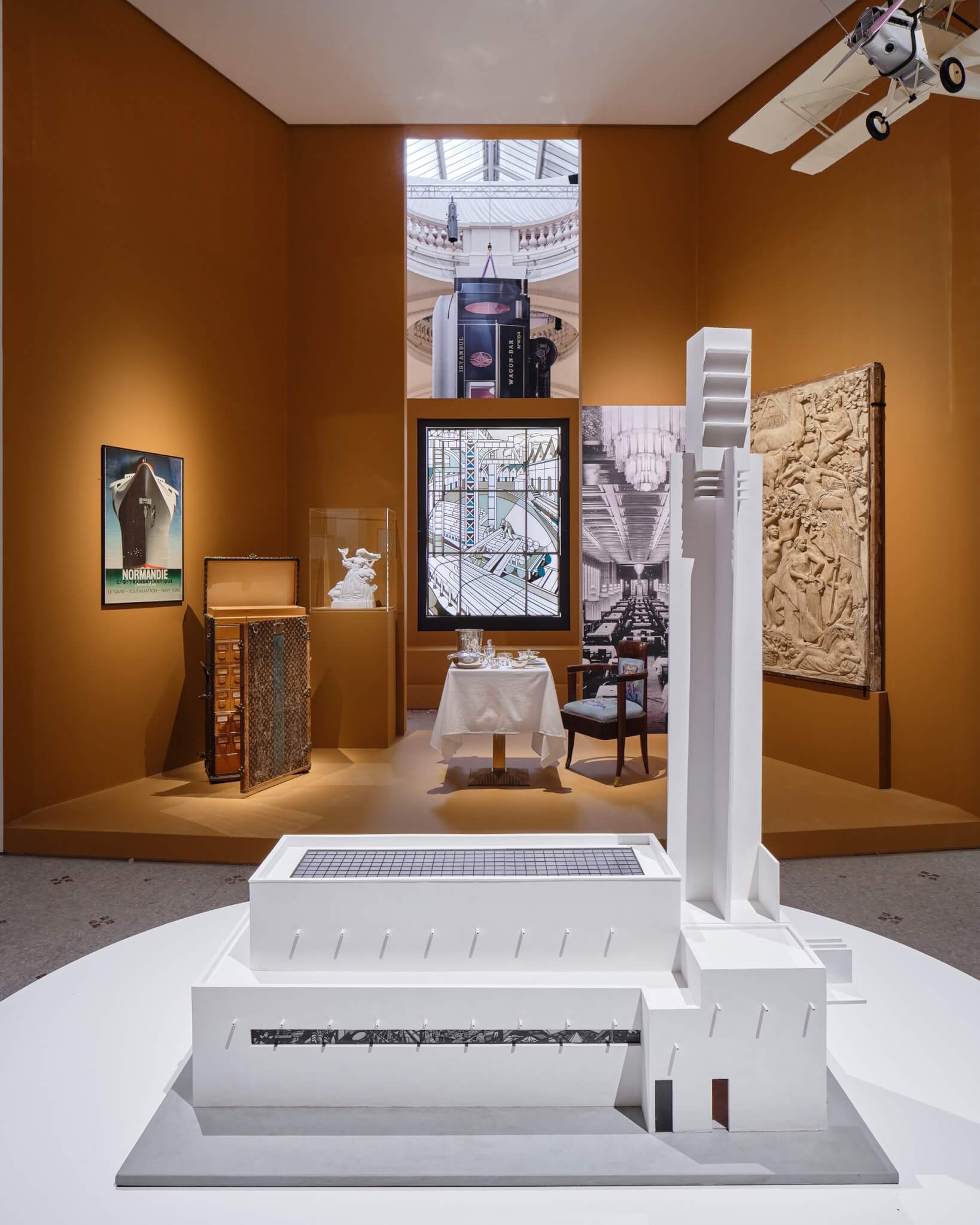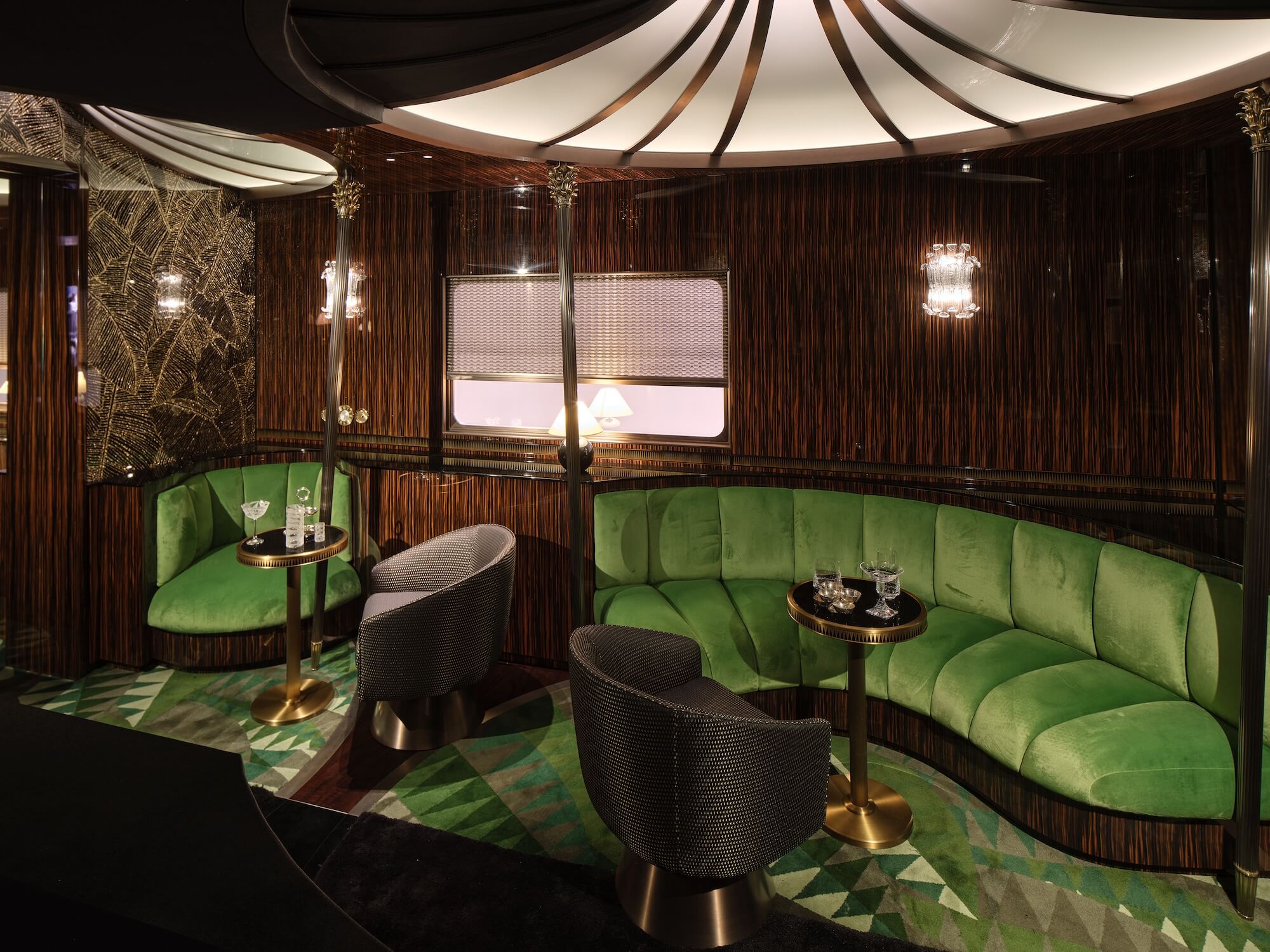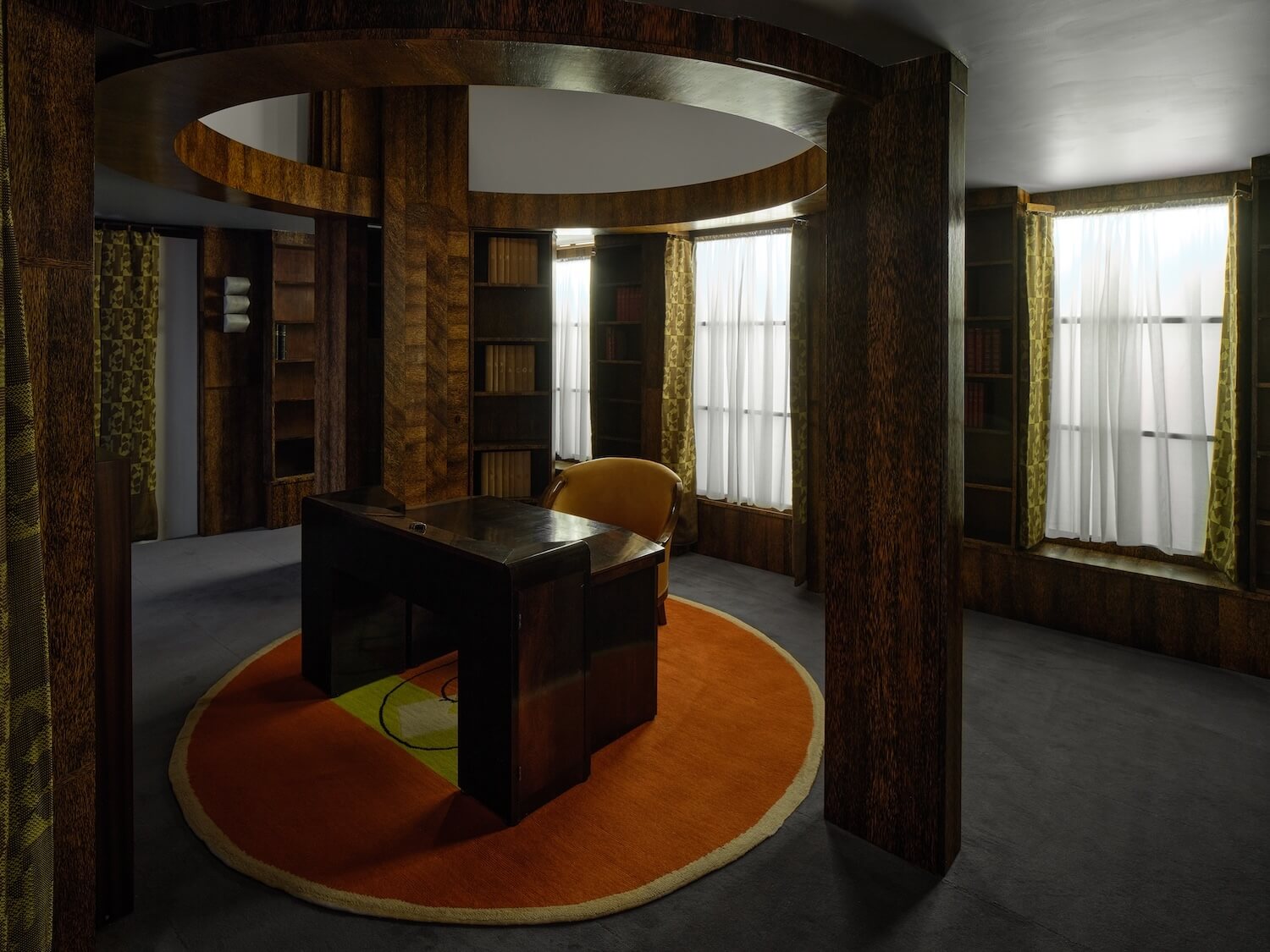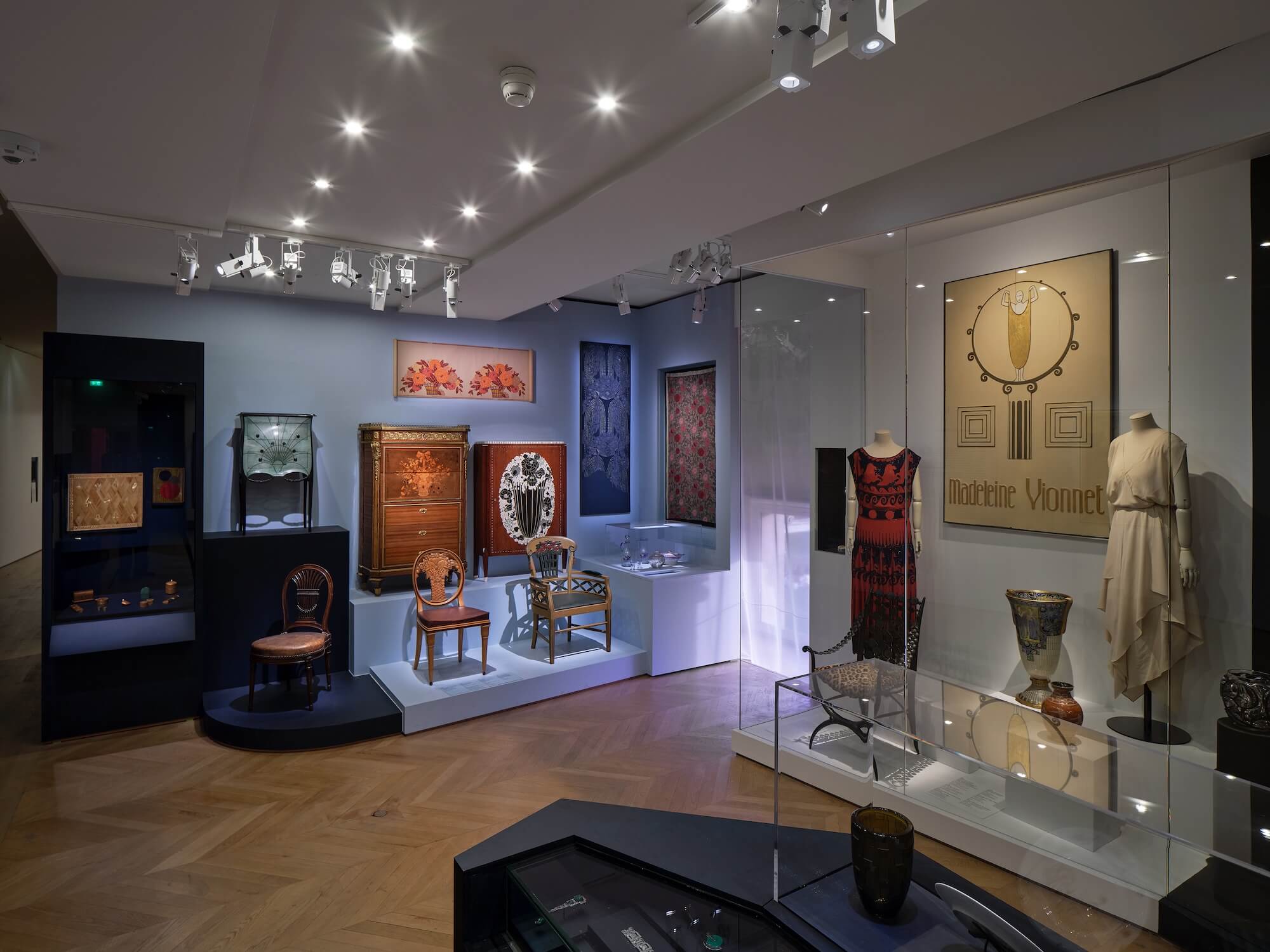1925-2025: 100 Years of Art Deco
Musée des Arts Décoratifs (MAD)
Paris
Through April 26, 2026
A hundred years after the 1925 International Exhibition of Modern Decorative and Industrial Arts in Paris dazzled the world, the Musée des Arts Décoratifs (MAD) opens 1925-2025: 100 Years of Art Deco, on view through April 26, 2026. This ambitious new show, curated by Bénédicte Gady and Anne Monier Vanryb, gathers over 1,000 works—furniture, clothing, jewelry, graphic design, and architecture—to chart a century of beauty, geometry, and glamour.
“The 1925 exhibition was a major event that had a huge impact,” said Lisa Jousset-Avi, MAD’s assistant curator of modern and contemporary collections. “It showcased the work of designers, interior decorators, and manufacturers, mainly from France, and was a huge popular success.” Indeed, with 16 million visitors, it was the moment Paris reclaimed its position as the global capital of taste. A century later, the museum revisits that creative explosion and its ripple effect around the world—from Manhattan’s skyscrapers to Tokyo’s lacquer ateliers and the grand salons of Buenos Aires.
Often seen as a departure from art nouveau’s sinuous curves and organic motifs, art deco’s symmetry, streamlined forms, and functionality were not a rupture, but rather a natural evolution. Beneath this rhetoric of change lay the same ideals of craftsmanship as well as harmony between art and life. “It’s not a sudden break,” Jousset-Avi noted, “but rather an aesthetic reflection that began in the 1910s with increasingly synthesized decorations and a rationalization of forms.” The result was a movement of order and ornament—one that distilled multiple influences into clean, sensual geometry. “It draws from the past, such as the Louis-Philippe style or Roman antiquity, as well as other cultures, from the Orient to the Far East,” she added. “It’s also an art of materials, a veritable science of combining precious or innovative materials and techniques.”

The exhibition celebrates this diversity through masterpieces by Émile-Jacques Ruhlmann, Eileen Gray, and Jean-Michel Frank—each representing a distinct approach to modern elegance. “Gray stands out for her interior design and her taste for cabinetmaking and lacquer techniques,” explained Jousset-Avi. “Ruhlmann demonstrates his mastery of line and contrast through materials, while Frank economized on ornamentation by focusing on simple volumes clad in noble materials such as parchment, straw marquetry, and mica.” Together, they exemplify art deco’s paradoxical mix of luxury and restraint—qualities that still inspire contemporary designers like Jallu Ébénistes or Edgar Jayet.
In MAD’s voluminous nave, the past meets the future in a spectacular installation devoted to the Orient Express. Decorated with Genoa velvet, embossed Cordoba leather, Gobelins tapestries, René Lalique’s pressed glass panels, and oversized, colorful armchairs, the Orient Express was the 20th century’s best ambassador of the art deco style. “In the collective imagination, art deco is embodied through symbols,” said Jousset-Avi. “We wanted to evoke art deco through one of these symbols of 1920’s modernity—cross-border transport—which embodies luxury and has fueled the imagination ever since.”

The display juxtaposes a 1929 art deco Étoile du Nord train cabin with life-size interior models of Maxime d’Angeac’s reimagined new Orient Express, which will make its grand return to train tracks in 2027. His vision is executed by 30 master artisans, including embroiderers, glassmakers, cabinetmakers, upholsterers, and manufacturers, which have been united to reinvent the brand. Visitors will discover scintillating Japanese pearls embroidered on wood panels and hand-crafted porcelain and crystal in a seamless conversation between eras aboard the most glamorous train ever built.

Throughout the museum’s galleries, icons of the period glow once more: André Groult’s voluptuous chiffonnier, Pierre Chareau’s ambassador’s desk, Jeanne Lanvin’s iridescent Cheik cape, Jean Dunand’s lacquered screens, and Cartier’s pendulum clock in carved jade, onyx, coral, and emeralds. Yet, beyond nostalgia, the exhibition captures the modern spirit that made art deco so influential, emphasizing its merging of art, craft, and industry that would touch multiple fields, from design and architecture to fashion and the decorative arts. “This idea of interdisciplinarity is at the heart of art deco,” shared Jousset-Avi. “It was through the collaboration between designers, craftsmen, and manufacturers that interiors were conceived as a complete art form.”
A century on, art deco continues to resonate not merely as a style but as a philosophy of living beautifully. “Contemporary designers draw on art deco imagery,” Jousset-Avi observed. “These references can be evocative of ideas associated with luxury and the Roaring Twenties, or more subtle, through techniques such as straw marquetry, dark woods, and enveloping ensembles.” The movement’s legacy lies in its ability to combine refinement with functionality, to bring art into everyday life, and to reconcile the handmade with the machine-made.

The ongoing fascination with art deco reveals a deeper truth about design: the dialogue between heritage and innovation never ends. Just as the 1925 exhibition fused ancient craft with new industry, today’s creators unite artisanal mastery with digital fabrication and environmentally friendly practices. It’s a reminder that true modernity never fades—it evolves. And as Paris celebrates the centenary of the movement that once redefined elegance, 1925-2025: One Hundred Years of Art Deco proves that geometry, contrast, color, and craftsmanship remain as seductive now as they were in 1925.
→ Continue reading at The Architect's Newspaper
